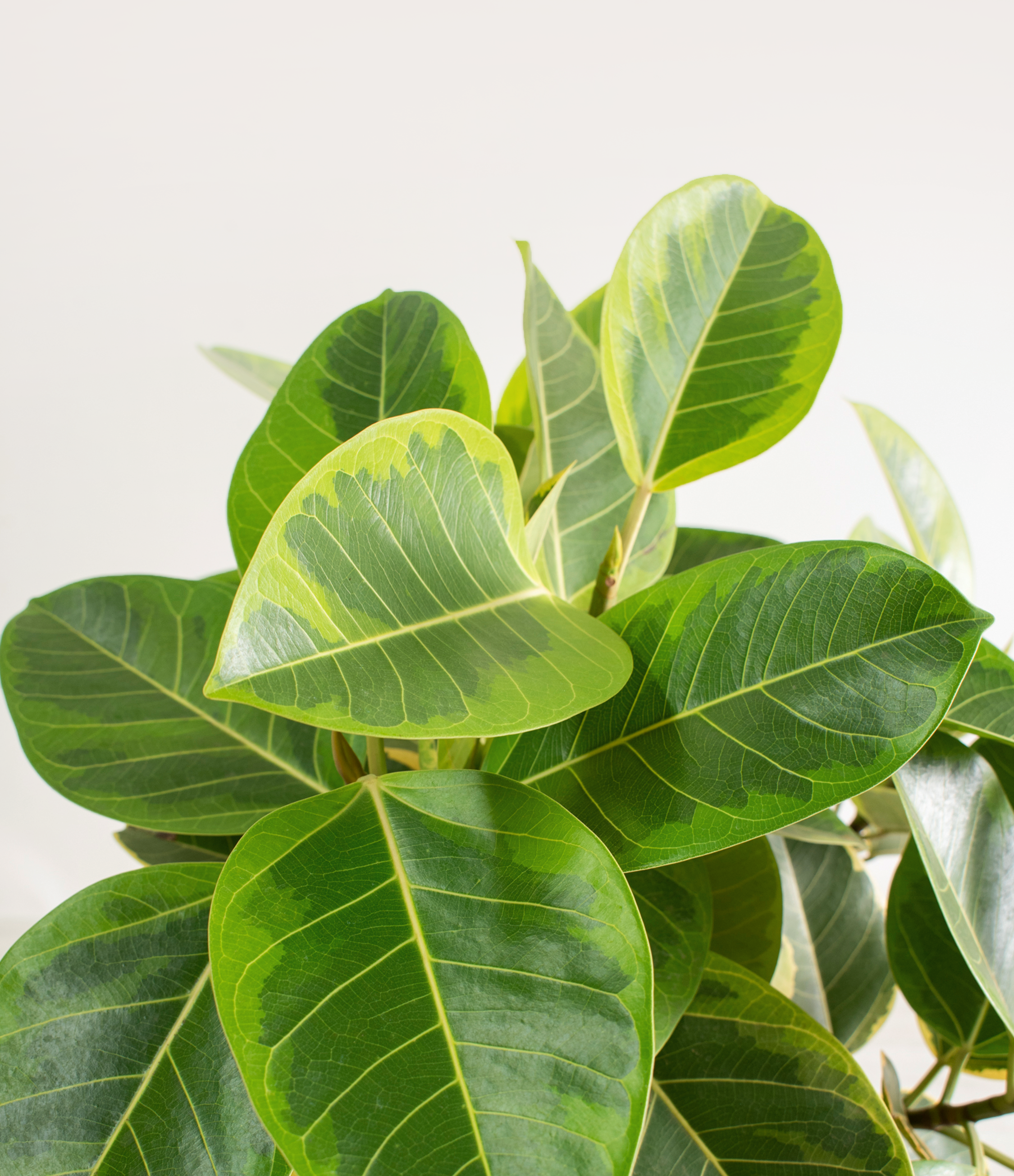Absolutely! Here’s a 3000-word article about Ficus altissima, formatted with `
` and `
` tags instead of “.
Ficus Altissima: The Majestic Lofty Fig
Ficus Altissima: The Majestic Lofty Fig
Botanical Characteristics and Identification

Leaves and Foliage
The leaves of Ficus altissima are large, elliptical to oblong, and glossy green. They can measure up to 20 cm in length and have a leathery texture. The leaves are arranged alternately on the branches, creating a dense canopy that provides ample shade. Young leaves may exhibit a reddish tint, adding a touch of color to the foliage.
Flowers and Fruits

Like other Ficus species, Ficus altissima produces inconspicuous flowers enclosed within specialized structures called syconia, commonly known as figs. These figs are small, rounded, and typically green, maturing to a yellowish or reddish hue. They are often hidden amongst the foliage and are not particularly showy. The fruits attract various birds and animals, contributing to seed dispersal.
Bark and Trunk
The bark of Ficus altissima is typically smooth and grayish-brown, becoming rougher with age. The trunk is massive and can reach significant diameters, providing a strong foundation for the expansive crown. The aerial roots, when they reach the ground, thicken and function as additional trunks, creating a multi-trunked appearance.
Cultivation and Growth Requirements
Climate and Soil
This species thrives in warm, tropical, and subtropical climates. It prefers well-drained soil and can tolerate a range of soil types, including sandy, loamy, and clay soils. It is moderately tolerant of drought but benefits from regular watering, especially during its establishment phase.
Sunlight and Location
Propagation
Maintenance and Pruning
Regular pruning is essential to maintain the tree’s shape and control its growth. Pruning can also help prevent the development of weak branches and improve air circulation within the canopy. Removing aerial roots can help manage the tree’s spread and prevent damage to surrounding structures.
Ecological Impact and Invasiveness
While Ficus altissima can be a valuable addition to landscapes, its rapid growth and prolific seed production can lead to ecological problems in some regions. It has been identified as an invasive species in several areas, where it outcompetes native vegetation and disrupts natural ecosystems.
Invasive Potential
In suitable climates, Ficus altissima can establish itself rapidly and spread aggressively. Its seeds are dispersed by birds and animals, allowing it to colonize new areas. The tree’s ability to produce aerial roots further contributes to its invasiveness, as these roots can root and form new trunks, expanding the tree’s footprint.
Impact on Native Ecosystems
The rapid growth and dense canopy of Ficus altissima can shade out native plants, reducing biodiversity and disrupting natural ecological processes. Its robust root system can also compete with native vegetation for water and nutrients.
Management and Control
Managing Ficus altissima in areas where it is considered invasive requires a multi-faceted approach. This may include:
Preventing planting: Avoiding the introduction of the species in areas where it is not native.
Potential Uses and Benefits
Despite its potential for invasiveness, Ficus altissima offers several benefits and has various uses.
Ornamental Value
Its large size, striking foliage, and spreading crown make it a popular ornamental tree in parks, gardens, and large landscapes. It provides ample shade and creates a dramatic visual impact.
Shade and Shelter
The dense canopy of Ficus altissima provides excellent shade, making it a valuable tree for creating cool and comfortable outdoor spaces. It can also provide shelter for various animals and birds.
Air Purification
Like other Ficus species, Ficus altissima can help purify the air by removing pollutants and releasing oxygen.
Timber and Wood Products
In some regions, the wood of Ficus altissima is used for timber and wood products. However, its wood is not considered to be of high quality and is generally used for less demanding applications.
Traditional Medicine
In some traditional medicine systems, parts of Ficus altissima are used to treat various ailments. However, scientific evidence supporting these uses is limited.

